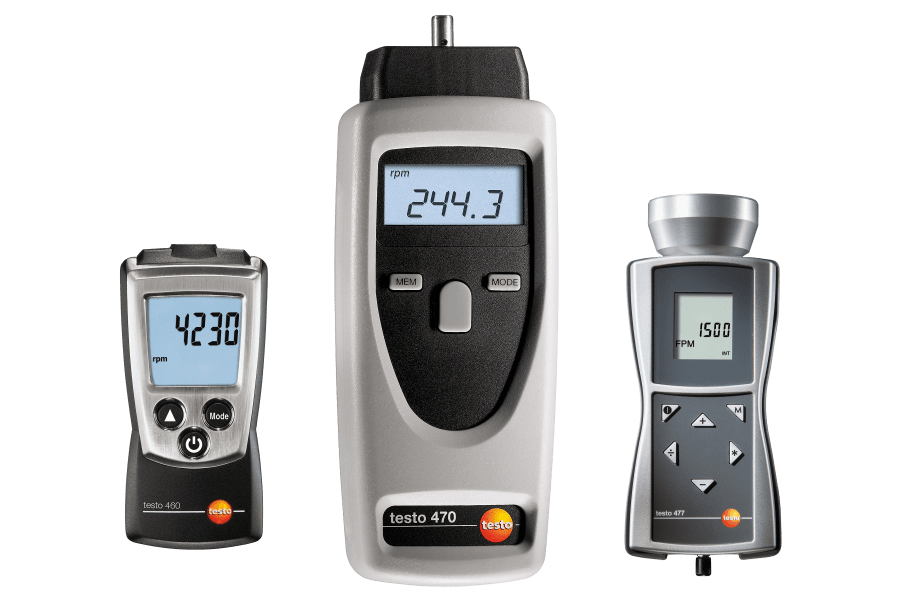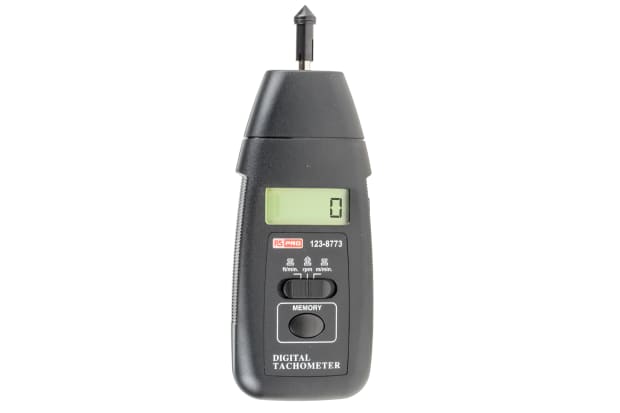Unlocking the Secrets of Tachometers: Everything You Required to Understand About This Essential Tool in Your Automobile
Comprehending the complexities of tachometers can offer valuable insights right into your automobile's performance and maintenance needs. From gauging engine speed to figuring out the data it offers, tachometers act as an important tool for vehicle proprietors and lovers alike. By deciphering the enigmas behind this crucial tool, you can unlock a wide range of info that can enhance your driving experience and make certain the durability of your car.
Importance of Tachometers
The relevance of tachometers hinges on their capacity to supply essential real-time information regarding an engine's rotational speed, permitting precise surveillance and maintenance of equipment. By determining the changes per minute (RPM) of an engine's crankshaft, tachometers supply important understandings into the engine's efficiency - tachometer. This data is crucial for making sure that the engine runs within its ideal array, avoiding possible damage from over-revving or underperforming
Tachometers play a crucial role in assisting drivers and specialists identify any abnormalities in the engine's speed, which might show issues such as fuel inadequacy, mechanical problems, or extreme pressure on the engine. By promptly determining these concerns through tachometer readings, upkeep can be performed proactively, avoiding pricey repairs and downtime in the long run.
In addition, tachometers are specifically essential in high-performance automobiles and equipment, where precise control over engine speed is required for ideal procedure. Competing cars, aircraft, and industrial devices depend on tachometers to supply peak efficiency while keeping safety and security standards. In essence, tachometers are not just instruments for determining rate however crucial devices for making certain the smooth and efficient operation of engines across various applications.
How Tachometers Step Engine Speed
Making use of sensing units that find the frequency of electric pulses produced by the engine's ignition system, tachometers precisely measure the rotational speed of an engine. By checking the price at which these pulses are received, tachometers offer real-time responses on how quick the engine's crankshaft is turning per minute, typically referred to as revolutions per min (RPM)
The tachometer's sensor, usually attached to the engine's ignition coil or trigger plug cables, picks up the electrical signals generated each time a cylinder fires. These signals are after that exchanged RPM analyses presented on the gauge or tool cluster within the vehicle driver's view. Tachometers can be analog or digital, with contemporary automobiles frequently featuring electronic displays for exact and instantaneous RPM analyses.
This information is vital for drivers to comprehend the engine's efficiency, avoid over-revving, optimize equipment changing, and guarantee reliable fuel usage. By properly measuring engine speed, tachometers play a crucial role in assisting motorists run their cars securely and successfully.
Interpreting Tachometer Readings
Having a clear understanding of how tachometers gauge engine rate sets the foundation for properly analyzing the RPM readings displayed. Analyzing tachometer analyses is essential for optimal lorry performance and engine health. When the engine is idling, the tachometer needle typically relaxes around 600-1000 RPM, depending on the car.


Tips for Utilizing Tachometers Effectively
To boost driving effectiveness and optimize engine efficiency, what key approaches can be executed for properly using tachometers? Tachometers are essential devices that supply real-time feedback on engine rate, enabling motorists to make informed choices for better efficiency - tachometer. Here are some ideas for using tachometers efficiently:
Understanding Optimal RPM Variety: Acquaint on your own with the optimal RPM (Transformations Per Min) array for your vehicle. Keeping the engine within this variety can boost gas efficiency and prolong the engine's life expectancy.
Changing Equipments at the Right Time: Make use of the tachometer to figure out the best time to shift gears. Upshifting prematurely or too late can lead to reduced effectiveness and efficiency. Goal to change equipments when the RPM gets to the optimum array for the following equipment.
Keeping Track Of Engine Tension: High RPMs for extended periods can strain the engine. Watch on the tachometer this page to avoid over-revving, especially throughout velocity or when bring heavy loads.
Tachometers and Vehicle Upkeep
When thinking about car upkeep, tachometers play an important duty in keeping an eye on engine performance and finding potential concerns. Tachometers offer crucial data on engine rate, allowing motorists and click over here now mechanics to make sure that the engine is operating within the suggested RPM array.
In addition to identifying potential problems, tachometers can also help in maximizing fuel effectiveness. By maintaining the engine speed within the ideal range, chauffeurs can boost their gas mileage and reduce fuel intake. This not just benefits the motorist's pocketbook however likewise adds to environmental conservation by reducing unsafe emissions.
Final Thought

Comments on “The Benefits of Installing a Tachometer in Your Vehicle”